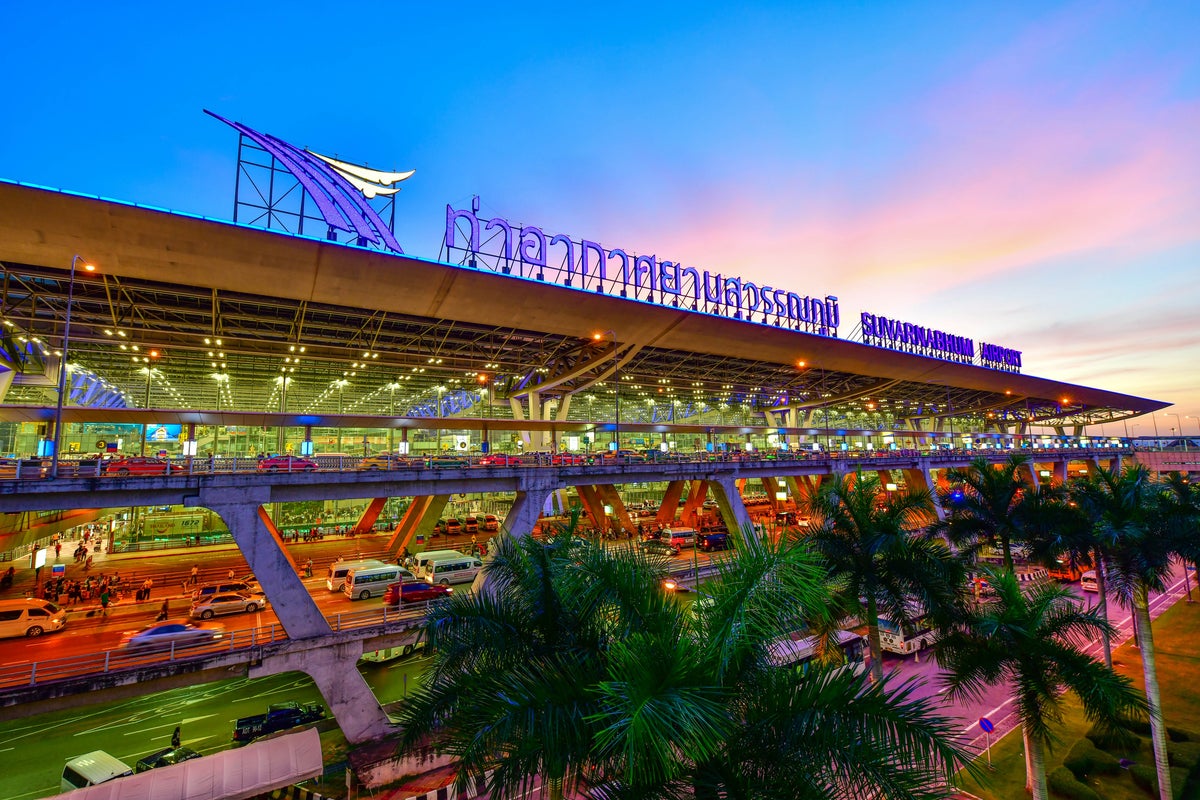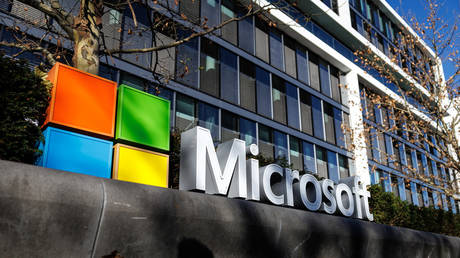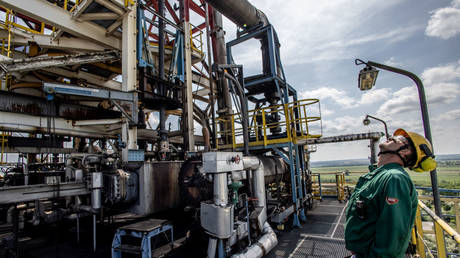Is the future of work waiting down the block?

Up until very recently, employees often had to endure costly and lengthy commutes to faraway cities to work from a single headquarters office on a daily basis. Today, accelerated by the pandemic and driven by the rapid digitization of the workplace, the widespread adoption of hybrid and platform working has revolutionized how—and where—people work.
Today’s more flexible ways of working have become the default model for a significant proportion of white-collar workers. We see daily headlines about companies calling their employees back to the office, but the nuance of where employees are returning to is often missing. Today, companies are increasingly empowering their employees to work across multiple locations, splitting their time between some combination of local workspaces, a central office, and home.
The map of where work gets done has been completely redrawn—and often doesn’t center around one headquarters. This new way of working is also a rebalancing of where economic value is created.
Work goes local
Over the past few years, leading academics, industry commentators, and business leaders alike have begun to recognize the significant benefits of this new way of working for both companies and their employees.
At International Workplace Group, we recently partnered with global consultancy Arup to gain a deeper understanding of the productivity benefits of hybrid and more localized working arrangements for businesses of all sizes, as well as the economic implications for companies and local communities. Our collective findings confirm that working from local offices and workspaces closer to where people live not only improves the quality of life for employees, but also delivers significant productivity benefits for businesses, cities, and entire economies.
Our study forecasts that by 2030, flexible working arrangements could boost productivity 11%, contributing a staggering $219 billion to the U.S. economy annually. By 2045, that impact could rise to $566 billion annually, the equivalent of adding entire cities the size of Austin, Texas, to the map.
Why? Because local workspaces offer the kind of environment that supports real productivity: fewer distractions than at home, less time spent commuting to a faraway office, and more freedom to work in a way that suits them. In fact, employees using flexible spaces are 67% more likely to rate their productivity as “excellent” compared to those working from home.
Transforming the commute
Commuting—one of the great inefficiencies of the 20th-century workplace—is finally being reconsidered. By working locally, employees can reclaim a significant portion of their day. In the U.S., workers spend an average of 55 minutes a day commuting, with many supercommuters spending much more time in transit. However, when people work closer to home, up to 40% of this recovered time is directly allocated to additional work, while the rest is reinvested in family life, personal well-being, and local communities.
Beyond boosting local economies, this also has real financial benefits for employees. Separate research concludes U.S. workers who ditch the daily city commute can save up to $30,332 a year, a particularly notable figure for Gen Z workers embarking on their careers who can look forward to significant lifetime savings.
Flexibility rules
It’s no surprise, then, that our research shows that employees are three times more likely to stay in roles that allow them to work flexibly. This dramatically reduces costly turnover and can lead to a stronger, more engaged company culture.
Businesses that embrace this model don’t just save money on overhead—they also become more attractive employers, drawing the best talent in an increasingly competitive market. Additionally, with more locations to expand their search for talent, employers can focus on finding the right employees, rather than just the nearest ones.
The new office
So what does this look like? We’re increasingly seeing workspaces pop up in small towns, such as Franklin, Texas, and Berwyn, Pa., which each boast fewer than 10,000 residents. This growing trend is no coincidence—it reflects rising demand for professional, flexible workspace options closer to where people live.
Larger organizations are scaling back traditional city-center headquarters to invest in local workspaces or suburban hubs. Businesses are also utilizing flexible spaces to expand rapidly and explore new markets without the burden of long-term, expensive leases. Our recent research shows that this ongoing shift could reduce real estate costs for businesses by up to $122 billion in the U.S.
The future of work is not about a single skyscraper in the city; it’s about a network of locations that enable people to work just minutes from home. It’s in towns where people want to live, not just work. And this approach scales, whether you’re a startup growing quickly, a multinational diversifying its footprint, or any size business wanting to empower your people to work from wherever is most productive and convenient.
Driven by its unmatched ability to drive measurable increases in long-term productivity and employee satisfaction, the workplace of tomorrow is flexible—it’s also within walking distance of your home.
What's Your Reaction?
 Like
0
Like
0
 Dislike
0
Dislike
0
 Love
0
Love
0
 Funny
0
Funny
0
 Angry
0
Angry
0
 Sad
0
Sad
0
 Wow
0
Wow
0






























































































